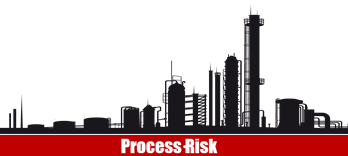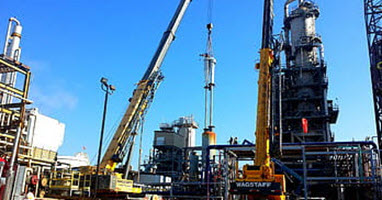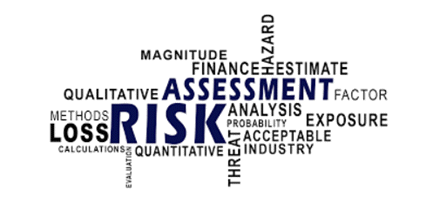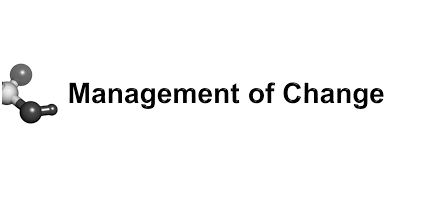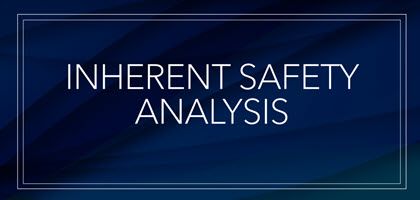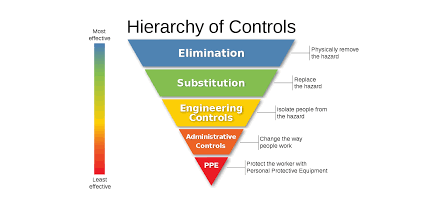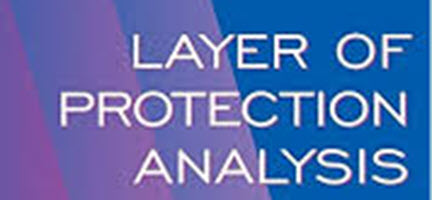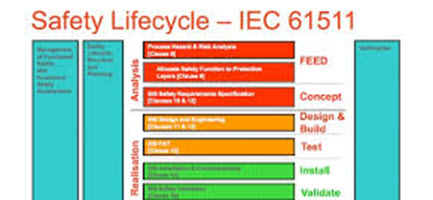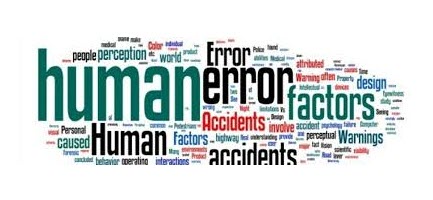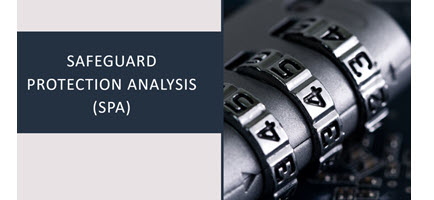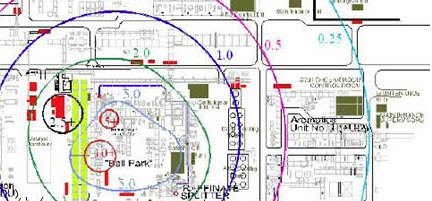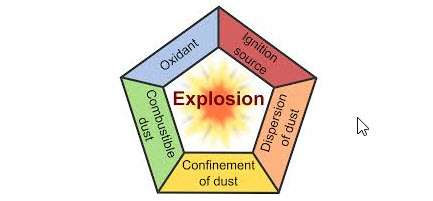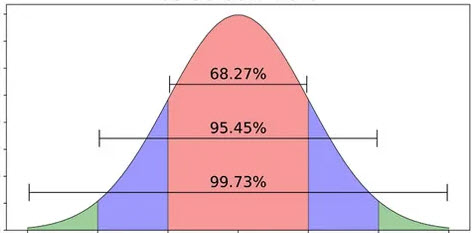Project Support services
Process Risk are experts in PSM / RMP related support services and can provide longer term resources to supplement projects or fulltime staff for short term to long-term needs. Fully integrating a project into the normal fold of a facility’s operation can be an ongoing challenge. The additional effort required by your staff may lead to extended integration times or delays in base workload assignments. Delayed integration could lead to adverse economics or even compliance gaps. Popular scope assigments are listed below however most needs are custom and require a one-off plan to meet the needs. We can work with you to meet most any requirement.
Project Support and Process Integration
Projects can stress a facility’s staffing and workload demands depending on scope. Capital projects may address staffing changes during all phases of the project but often can require unplanned additional integration support after startup... Read More
Process Hazard Analysis (PHA)
Hazard identification and analysis uses team knowledge, checklists of hazards and process information to determine process, and facility characteristics that could pose safety or environmental hazards that can lead to undesirable consequences. Read More
Management of Change (MOC) - Process and Organizational
OSHA PSM and EPA RMP requires Management of Change procedures to ensure hazards associated with the process changes are fully managed and comply with industry codes, standards and recommended practices. It assists in controlling risks to the public, employees and the environment; minimizes business interruption. Read More
Procedure Development and Enhancement
Written procedures are required for many activities in a process such as operations and maintenance. Many companies assume their employees can write procedures simply by documenting what they do. However, this approach often produces ineffective procedures. ... Read More
Inherently Safer Technology (IST)
Inherently Safer Technology (IST) can enhance overall chemical safety and security risk management programs. This concept has become a requirement in select state regulations as well as gaining exposure throughout all industries. Benefits can be realized from new projects to existing processes. Read More
Hierarchy of Controls Analysis (HCA)
Various types of controls are used in process safety management to manage the risks of catastrophic events in processes involving highly hazardous materials. Certain types of controls provide a more reliable means of controlling risk than others. A review of all control options is a more recent expectation in some state regulations and best practices. Read More
Layers of Protection Analysis (LOPA)
LOPA is considered a more quantitative risk assessment method than a PHA study. It provides an objective, rational and reproducible method of evaluating the risk of hazard scenarios and comparing it with risk tolerance criteria. It is often linked to the results of an associated PHA study. Read More
Safety Instrumented Systems (SIS)
ANSI/ISA-S84.00.01-2003, (IEC 61511 Mod), Application of Safety Instrumented Systems for the Process Industries, (called IEC 61511 / ISA 84 here) addresses the application of Safety Instrumented Systems (SIS) ds are needed... Read More
Mechanical Integrity
A complete Mechanical Integrity (MI) program is required by the PSM and RMP regulations and is intended to ensure equipment does not fail in a way that causes or affects a release of highly hazardous chemicals. MI covers the design, fabrication, construction / installation, and operation of equipment throughout the entire process life cycle. All maintenance, inspections and testing is included along with the associated training and procedures. Read More
Human Factors Review and Analysis
Human factors are considerations that can impact any operation or the performance of any trained staff. People are key components to the safe operation of industrial processes. They are involved in process design, operation, maintenance, etc. Identifying factors that can adversely impact human operation is key to having a well managed safety program. Read More
Offsite Consequence Analysis (OCA)
Consequence modeling involves the determination of the impacts of process accidents involving hazardous materials on people, the environment, and the process. Various models are available to match the project needs. Read More
Safeguard Protection Analysis (SPA)
Safeguards protect processes from process safety incidents. They are critically important and consequently, every effort must be exerted to ensure they are functional, effective, and adequate. A focused review of identifed safeguards is now required in certain US regulations. Read More
Risk Management Program (RMP) - Development & Support
Companies that handle certain highly hazardous chemicals in excess of threshold quantities must comply with EPA’s Risk Management (RM) Program rule, 40 CFR Part 68...s.... Read More
Simultaneous Operations (SIMOPS) Review
Simultaneous operations (SIMOPs) are situations where two or more operations or activities occur at the same time and place in a facility.... Read More
Facility Siting & Consequence Modeling
OSHA PSM and EPA RMP include requirements to address facility siting. Facility siting is comprised of several components tied to PHA studies as well as full site consequence modeling including building evaluation, consequence analysis and building risk assessment for the site. Read More
Quantitative Risk Assessment (QRA)
Various types of controls are used in process safety management to manage the risks of catastrophic events in processes involving toxic... Read More
Dust Hazard Analysis and Management
NFPA 652:2016, Standard on the Fundamentals of Combustible Dust, requires that a safety management system (SMS) address the hazards of combustible dusts. Read More
Probability Modeling
Companies are sometimes faced with the possibility of catastrophic accident consequences and need to assess their likelihood to determine what remediation may be necessary.... Read More
